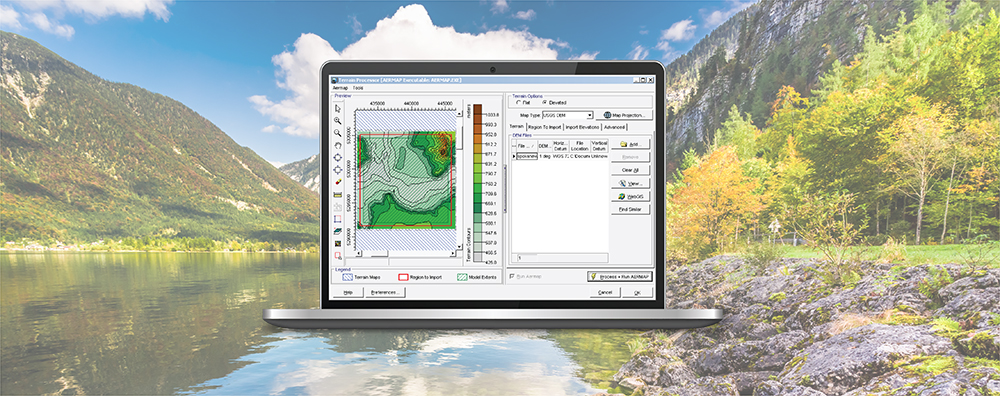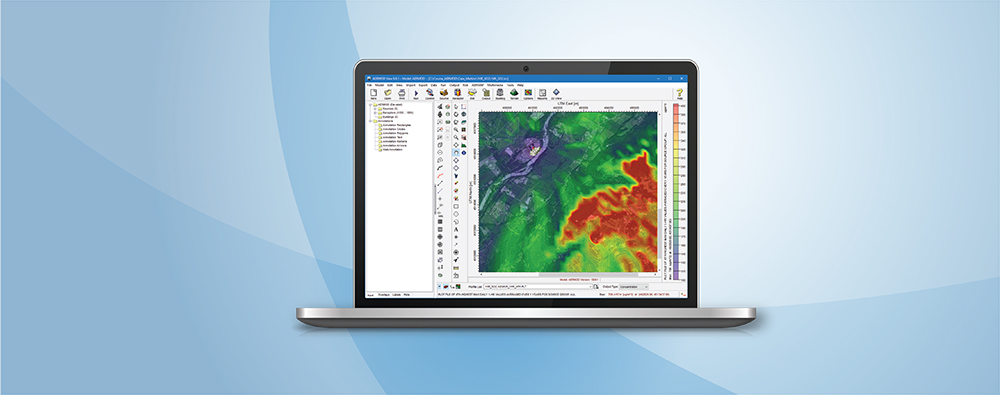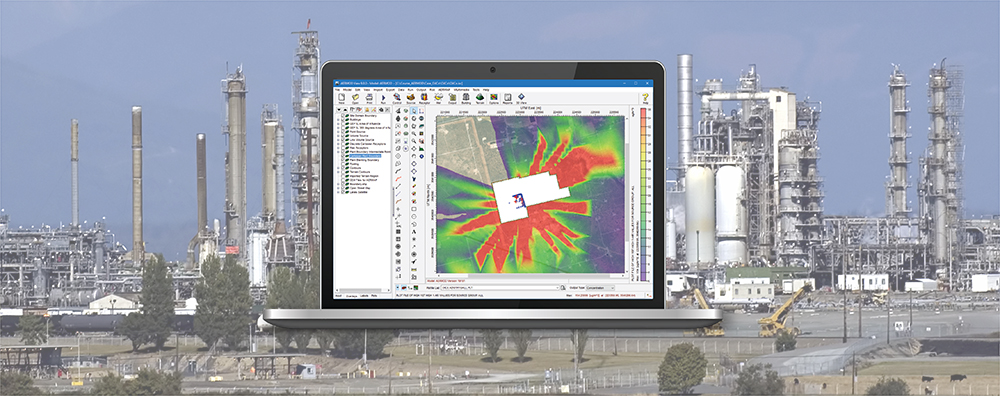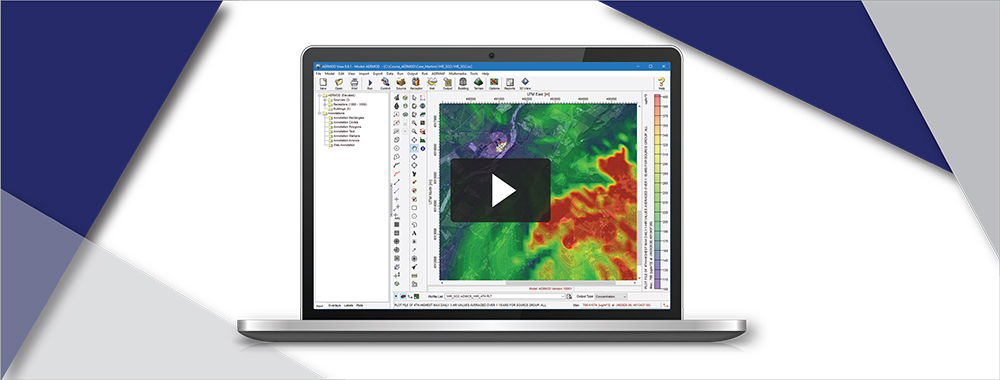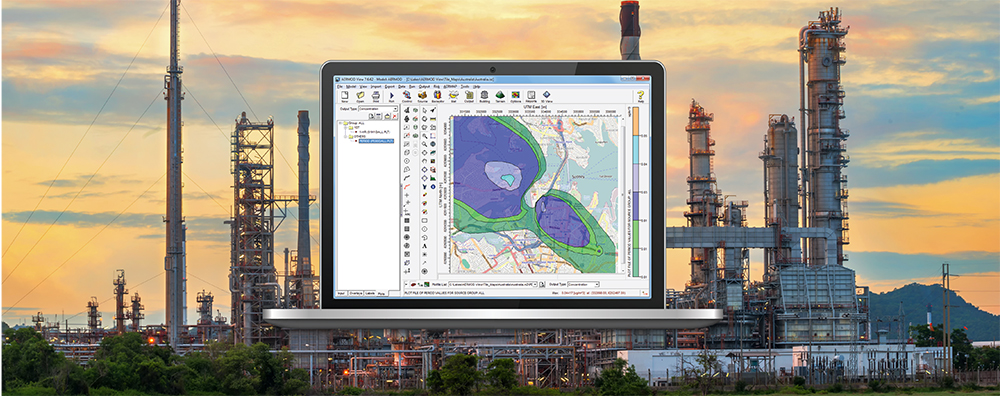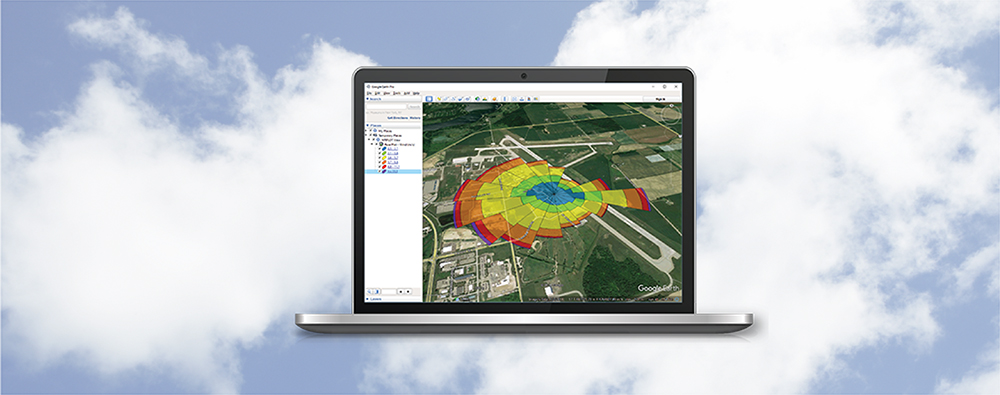AERMOD View: Processing GeoTIFF Terrain Files for Ontario
The Ontario Ministry of the Environment, Conservation and Parks (MECP) distributes pre-processed regional meteorological data and terrain data as required under Ontario Regulation 419/05. Data are hosted on the MECP website at https://www.ontario.ca/environment-and-energy/map-regional-meteorological-and-terrain-data-air-dispersion-modelling.


